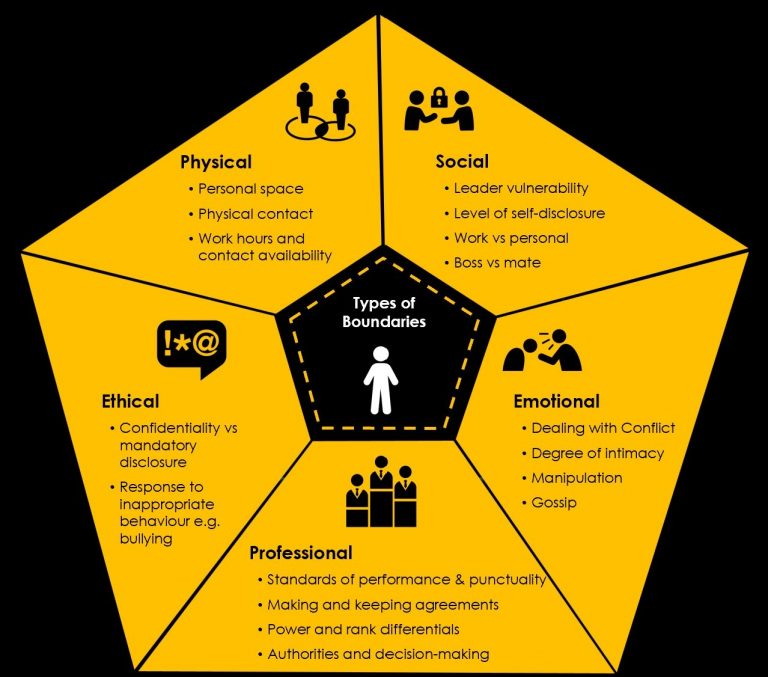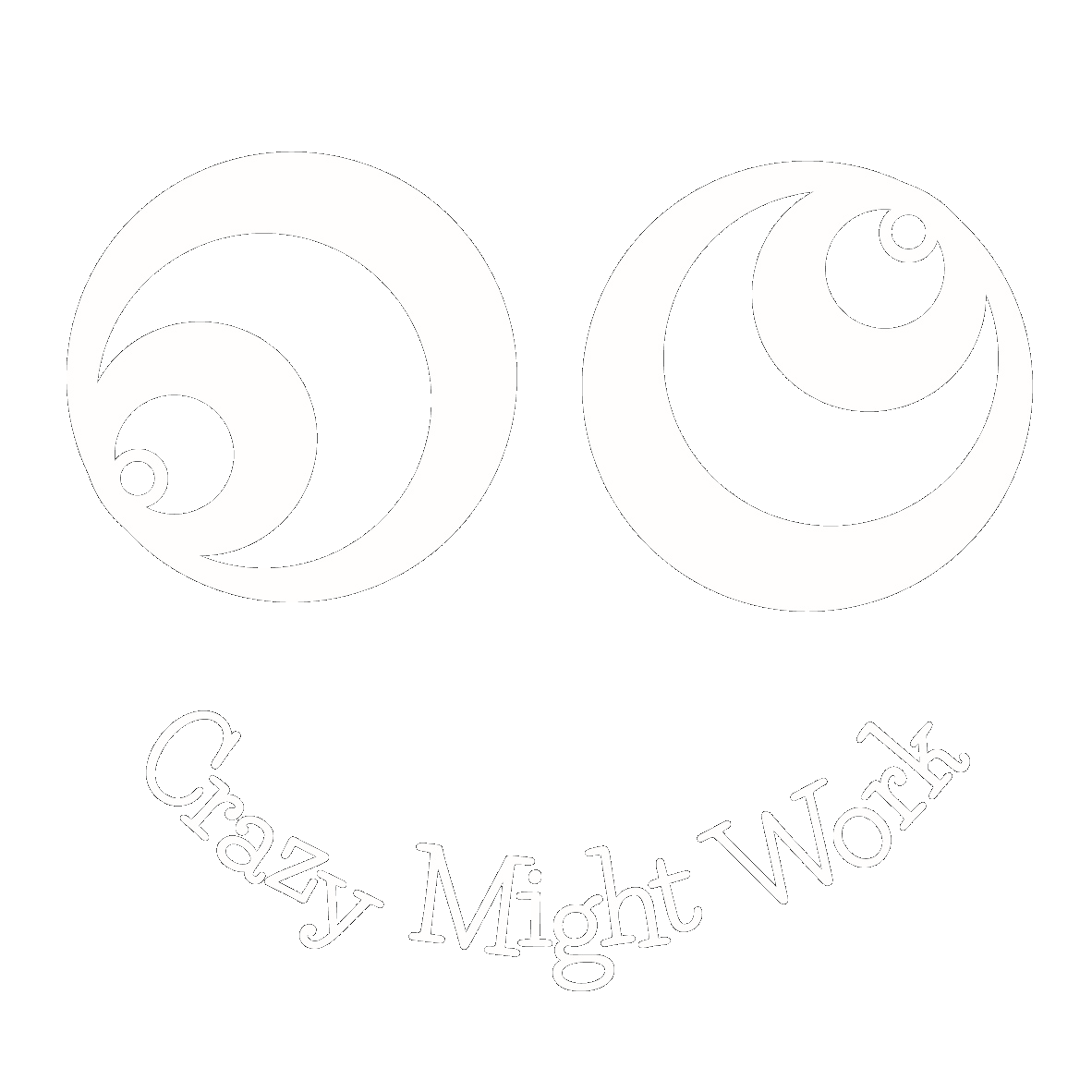Can You Be Trusted?
3 Key Take Aways from NASA about Building Trust
by Paul Hawkins, Chief Combobulator, Crazy Might Work

Edelman’s Global Trust report is in it’s 23rd year. Drawing upon 32,000+ responses from 28 countries (1,150+ from each, including Australia), the responses for 2023 are in and the headline is clear: trust in organisations is diminishing and we are navigating an increasingly polarised world[1].
In a recent international survey of over 2,000 office workers, 59% of UK office workers and 62% of US office workers surveyed described their business as either not ethical, transparent or authentic, or showing a lack of accountability or compassion.[2]
So what is behind this decline and what can leaders do to restore trust in themselves and the organisations that they represent?
One organisation that is bucking this trend has also been named the Best Place to Work for the 11th year in a row. It supports more than 312,000 jobs and generates more than USD $64.3 billion in total economic output. Its mission is to drive advances in science, technology, aeronautics, and space exploration to enhance knowledge, education, innovation, economic vitality, and stewardship of Earth. We are, of course, talking about NASA.[3]
In its journey toward becoming the poster child of the US public service, NASA has transitioned from a male-dominated, middle-aged workforce to a diverse and inclusive organisation that strives to “Safeguard the public trust through transparency and accountability in our programmatic and financial management, procurement, and reporting practices”.
A stark contrast to the NASA of yesteryear, these cultural changes are no accident and represent a multi-decadal effort to build trust, using a unique behavioural model known as the 4-Dimensional System. The NASA 4-D model, developed by Charlie Pellerin (former Director of Astrophysics and author of How NASA Builds Teams) has been instrumental in this transformation across 4 dimensions:
- Building People;
- Building Teams;
- Building Systems; and
- Building Ideas (Vision & Mission).
There are three behaviours in particular that have been instrumental in building trust, both within teams and across the organisation. These are:
Establishing Shared Interests
Newly formed NASA teams set out to discover common ground and a sense of shared purpose. According to Clerke and Heerey (2021)[4] we feel greater affinity and trust towards those with whom we share common interests, values and aspirations, and so, the act of prioritising the search for shared interests early (ideally with newly-formed teams) has been key to the organisation’s transformation. Common interests are established on both interpersonal and professional fronts, with research from Antarctica (one of NASA’s training ‘analogs’) indicating that ‘teams that play together stay together’[5].
Keeping Agreements
A second behaviour, simply called ‘keeping agreements’ establishes a corollary that is essential for sustaining trust – namely ‘trustworthiness’. Defined as ‘only entering agreements that you can keep, rigorously keeping them, and, if necessary, renegotiating problematic agreements before they are broken’, this behaviour is at the very heart of trustworthiness. Whilst it may seem obvious that your track record for ‘doing what you say you will do’ is a large part of establishing trust, the devil is in the detail. For example, what constitutes an ‘agreement’? Many of our social agreements are unwritten and unspoken and must be deduced by newcomers through careful observation of the established team norms over time. To illustrate, is it okay (within your team) to:
- Arrive late for meetings?
- Criticise others in their absence?
- Express dissent with your leader in a team setting?
- Miss a deadline, even if you did not explicitly agree to it?
In the NASA 4-D System, team norms and standards are both set and enforced by the team and ‘keeping agreements’ provides the language and framework to explore and set these team standards intentionally, moving them from implicit expectations, to explicitly-stated norms.
As with the first behaviour, there is also a very personal element associated with keeping agreements: the agreements we make with ourselves are a crucial part of self-confidence. The word confidence comes from the Latin root confidere, which means ‘to have full trust’. Habitually failing to adhere to commitments we make to ourselves has the effect of undermining this trust.
Setting Boundaries
A less obvious, perhaps even counter-intuitive element of trust is highlighted by research by Dr Brene Brown, who tells us that, “Those who set and respect boundaries enjoy higher levels of trust and trustworthiness than those that don’t.” [6]
Your mission, should you choose to accept it:
Make some time to discuss shared interests and work through this boundary framework with your team, discussing your personal boundaries, and any standards that you might consider adopting as a collective norm.

References
[1] 2023 Edelman Trust Barometer Global Report: https://www.edelman.com/sites/g/files/aatuss191/files/2022-01/2022%20Edelman%20Trust%20Barometer%20Global%20Report_Final.pdf
[2] The Trust Gap: Expectation vs Reality in Workplace Misconduct and Speak Up Culture: https://vaultplatform.com/the-trust-gap/
[3] https://www.nasa.gov/press-release/decade-of-excellence-nasa-named-best-place-to-work-10th-year-in-a-row
[4] Clerke, A. S., & Heerey, E. A. (2021). The Influence of Similarity and Mimicry on Decisions to Trust. Collabra: Psychology, 7(1). https://doi.org/10.1525/collabra.23441
[5] Coping with Antarctic demands: Psychological implications of isolation and confinement – Tortello (2021) https://doi.org/10.1002/smi.3006
[6] https://brenebrown.com/videos/anatomy-trust-video/
Want a monthly evidence-based, article like this one in your inbox? Subscribe to our newsletter and share below!


